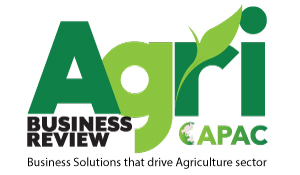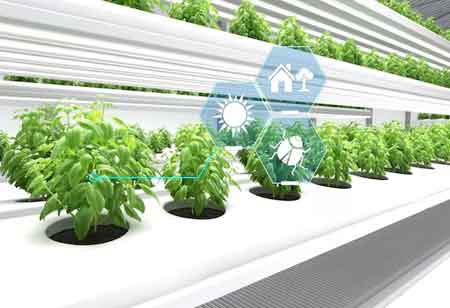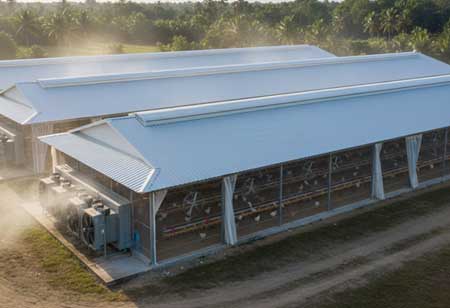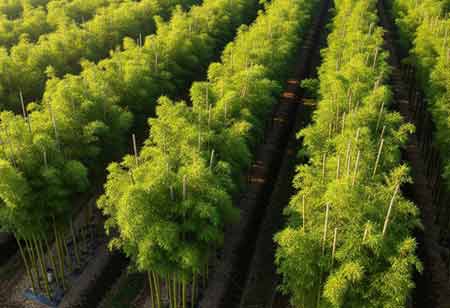Thank you for Subscribing to Agri Business Review Weekly Brief
Modern Farming to Utilize New Agrarian Technology
Innovation is more vital than ever in modern agriculture.
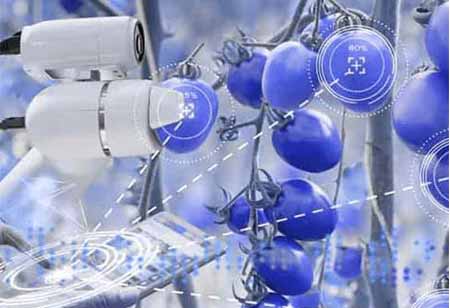
By
Agri Business Review | Tuesday, June 07, 2022
Stay ahead of the industry with exclusive feature stories on the top companies, expert insights and the latest news delivered straight to your inbox. Subscribe today.
Vertical farming uses up to 70 percent less water than conventional farming.
FREMONT, CA: Innovation is more vital than ever in modern agriculture. The business faces enormous obstacles, including rising costs of supplies, labor scarcity, and shifting consumer expectations toward transparency and sustainability. Agriculture firms are increasingly aware that solutions are required to address these issues. In the previous decade, investment in agriculture technology has increased dramatically, with $6.7 billion invested in the last five years and $1.9 billion invested in the previous year alone. The most significant technological advancements in the sector have been in indoor vertical farming, automation and robotics, livestock technology, modern greenhouse methods, precision agriculture and artificial intelligence, and blockchain.
Indoor Vertical Farming
Indoor vertical farming can enhance crop yields, overcome restricted land space, and even lessen the environmental impact of agriculture by shortening the supply chain distance. Indoor vertical farming is growing vegetables stacked one on top of the other in a controlled environment. Using vertically placed growing shelves dramatically reduces the land required for plant cultivation compared to conventional farming methods. This cultivation method is frequently connected with urban and city farming due to its capacity to survive in confined spaces. Some vertical farming configurations do not require soil for plant growth. Most are either hydroponic, in which vegetables are grown in a bowl of nutrient-rich water, or aeroponic, where water and nutrients are routinely sprayed onto the plant roots. Artificial grow lights are utilized in place of natural sunshine.
The benefits of indoor vertical farming are evident, ranging from sustainable urban growth to increasing agricultural output with lower labor expenses. Vertical farming can carefully measure variables such as light, humidity, and water throughout the year, enhancing food production and ensuring predictable harvests. The decreased water and energy use promotes energy saving; vertical farms consume up to 70 percent less water than conventional farms. Using robots for harvesting, planting, and logistics significantly reduces the labor required, hence resolving the problem caused by the current labor shortage in the agriculture business.
Modern Greenhouses
In recent decades, the greenhouse industry has shifted from small-scale facilities used mainly for research and aesthetic purposes (e.g., botanic gardens) to much larger facilities that directly compete with land-based traditional food production. The total worldwide greenhouse market produces about US$350 billion in veggies yearly, of which less than one percent comes from the United States.
Currently, the sector is flourishing like never before, mainly due to the significant technological advancements of recent years. Large-scale, capital-intensive, and urban-centered greenhouses are increasing in today's society.
While the industry has expanded tremendously in recent years, it has also witnessed distinct patterns. Modern greenhouses are getting more technologically advanced, incorporating LED lighting and computerized control systems to customize the growing environment. Successful greenhouse businesses are expanding rapidly and situating their growing facilities near metropolitan centers to take advantage of the year-round demand for local food. To achieve these goals, the greenhouse business utilizes venture capital and other sources to construct the infrastructure required to compete in the current market.
